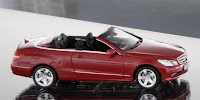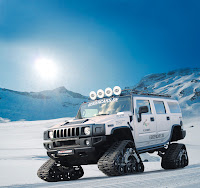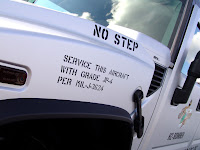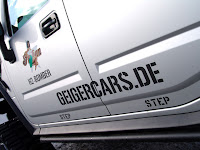
The 2011 Renault Megane GT price across the whole line-up that includes the Hatch, Coupe, CC and Sport Tourer versions has been announced.
The 2011 Renault Megane GT price starts at 21,910 GBP and the company says the new model will hit the British showrooms in April with the first deliveries beginning in June.
The 2010 Renault Megane GT models are available with the TCe 180 petrol engine or the dCi 160 Diesel unit and a series of optional features can also be ordered.
So you get stuff like sporty chassis setting, 18-inch wheels, and a mean looking body kit with bespoke badging. Also inside the car, there’s the Renaultsport 250-specification seats with specific GT upholstery and additional lateral support, the 250-style steering wheel, aluminium pedal set and a dark charcoal trim garnished with polished carbon highlights.
The 2011 Renault Megane Coupe GT price starts at 22,410 GBP and goes up to 23,475 GBP and with the same offer regarding the engines. The 2011 Renault Megane Sport Tourer GT price starts on the British market at 22,910 GBP and goes up to 23,975 GBP for the diesel powered dCi 160 model.
via:zercustoms
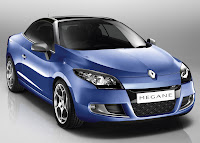
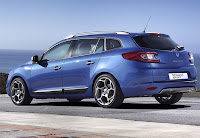


Press Release
Developed by Renaultsport, the GT range adds a further dash of excitement to
the Mégane line-up. Available for the Hatch, Coupé, Sport Tourer and Coupé-Cabriolet
versions of New Mégane, this new specification includes a sports chassis
setting, new GT-design front and rear bumpers, 18-inch wheels, Renaultsport
250-specification seats with specific GT upholstery and additional lateral
support, Renaultsport 250-style steering wheel, aluminium pedal set and a dark
charcoal interior trim with polished carbon highlights, rear parking sensors and
bespoke badging on the grille and boot lid.
The GT versions bridge the gap between the Privilege versions and
Renaultsport are exclusively available with the TCe 180 petrol engine or the
powerful, high-torque dCi 160 diesel powerplant.
Customers wanting the GT look with a smaller engine and price tag can have
the GT-Line option pack fitted to the Dynamique trim level for just £1,290.
This features a sports chassis, 17-inch alloy wheels, GT front and rear bumpers,
anthracite door mirrors and the Renaultsport 250-specification seats with
specific GT upholstery and extra lateral support.
Nine body colours are available in total for these new versions:
- Malta Blue is reserved exclusively for GT and GT Line versions of the
Mégane range, - three colours are exclusively available for Mégane Hatch, Coupé and
Sport Tourer: Cayenne Orange, Glacier White and Mercury, - two colours are specific to Mégane Coupé-Cabriolet: Pearlescent White
and Royal Blue, - three colours are available for all four body styles: Ruby Red,
Pearlescent Black and Eclipse dark grey.
Optional equipment includes metallic paint (£405), Malta Blue or Cayenne
Orange i.d. paint (£495), extra-tinted rear windows (£205), dual-zone climate
control (£410), heated front seats (£305), electric panoramic sunroof (£615),
leather upholstery (£920), bi-xenon headlamps (£665), Carminat TomTom satellite
navigation (£460) and the Arkamys 3D sound radio with multifunctional TunePoint
(£360).
| Model | CO2 g/km | Combined MPG | OTR Price |
| Hatch GT TCe 180 | 178 | 37.2 | £21,910 |
| Hatch GT dCi 160 | 155 | 47.8 | £22,975 |
| Coupé GT TCe 180 | 178 | 37.2 | £22,410 |
| Coupé GT dCi 160 | 155 | 47.8 | £23,475 |
| Sport Tourer GT TCe 180 | 178 | 37.2 | £22,910 |
| Sport Tourer GT dCi 160 | 155 | 47.8 | £23,975 |
Customers can find further information at www.renault.co.uk




